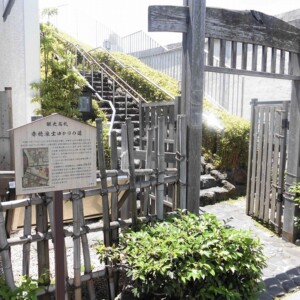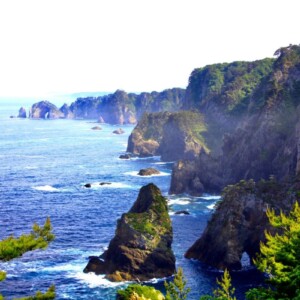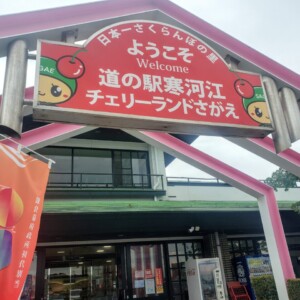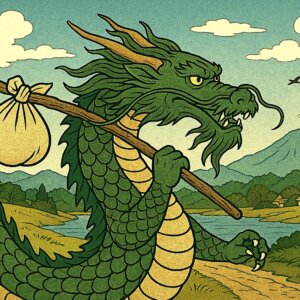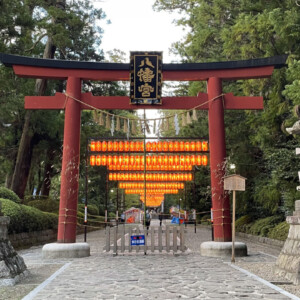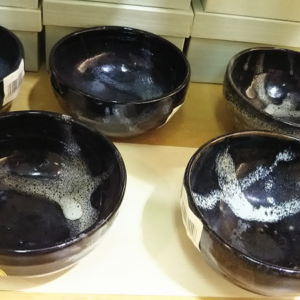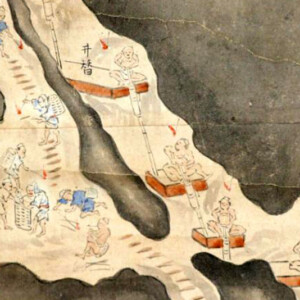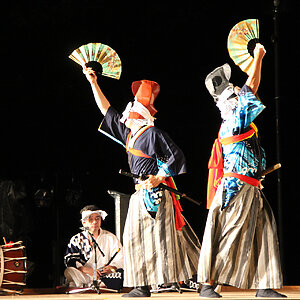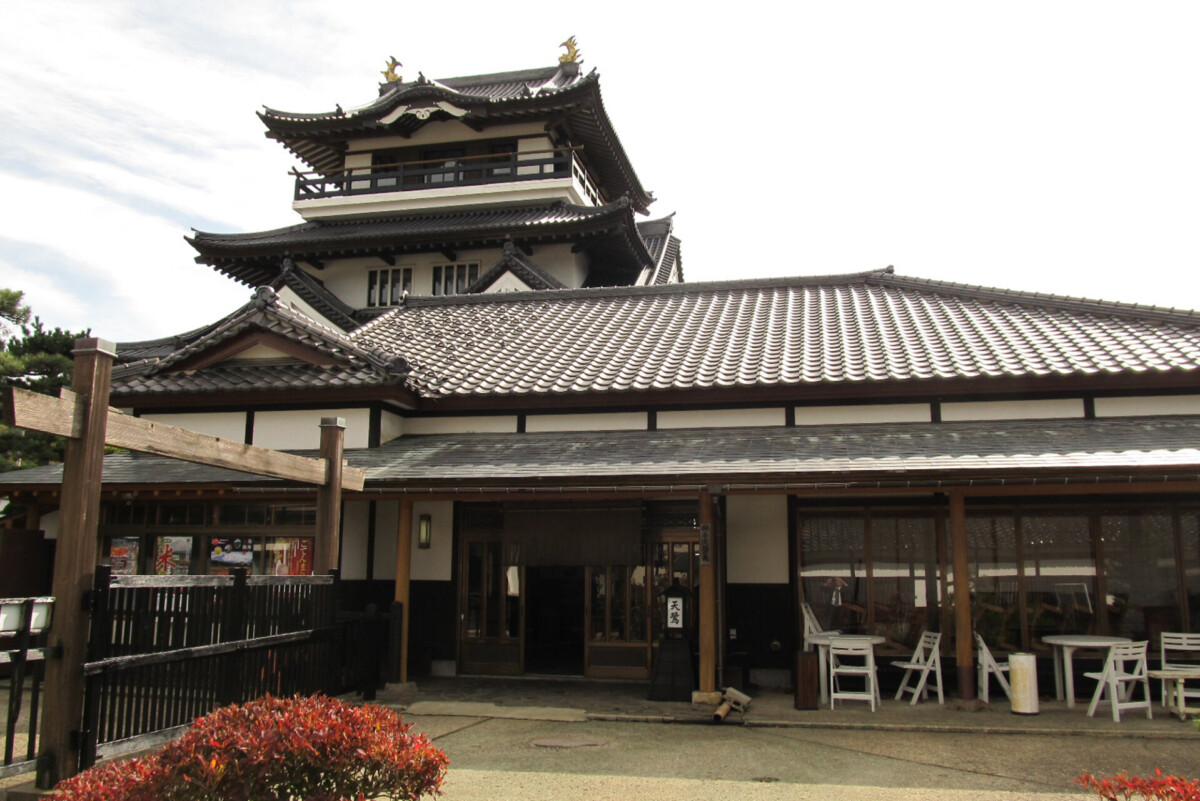
The historical heritage of Yurihonjo City, which was established by three domains during the Edo period [Akita Prefecture]
table of contents
- 1 Tour the castle ruins of the three Yuri clans
- 1.1 Yajima Domain - Yajima Domain Yamori Castle Ruins (Yamori Jinya Ruins) designated as a city historic site
- 1.2 Kameda Clan - ``Tensagi Village, a village of historic site preservation and lore'' that collects buildings and historical materials that remain in the territory
- 1.3 "Kameda Castle Sato 88 Museum" restored on the ruins of Kameda Castle
- 1.4 Honjo Domain - Honjo Castle Ruins ``Honjo Park'' where many ruins and artifacts from the castle were discovered during excavations
- 2 Ishiwaki/Kosetsu, which flourished with Kitamaebune, is a popular walking course where the old townscape remains.
- 3 The Tsuchida family residence, built in the early Edo period, is designated as a national important cultural property.
- 4 Chokaizan Wooden Toy Museum is located in the wooden school building of the former Ayukawa Elementary School.
During the Edo period, Yurihonjo City was organized by three domains, the Yajima Domain , the Kameda Domain , and the Honjo Domain and flourished as a port of call for Kitamaebune .
During the Meiji Restoration, the three domains were caught up in a civil war with the Kubota Domain (Akita Domain) and the Shonai Domain, which was a supporter of the former Edo Shogunate, as part of the new government forces.
Tour the castle ruins of the three Yuri clans
Yajima Domain - Yajima Domain Yamori Castle Ruins (Yamori Jinya Ruins) designated as a city historic site
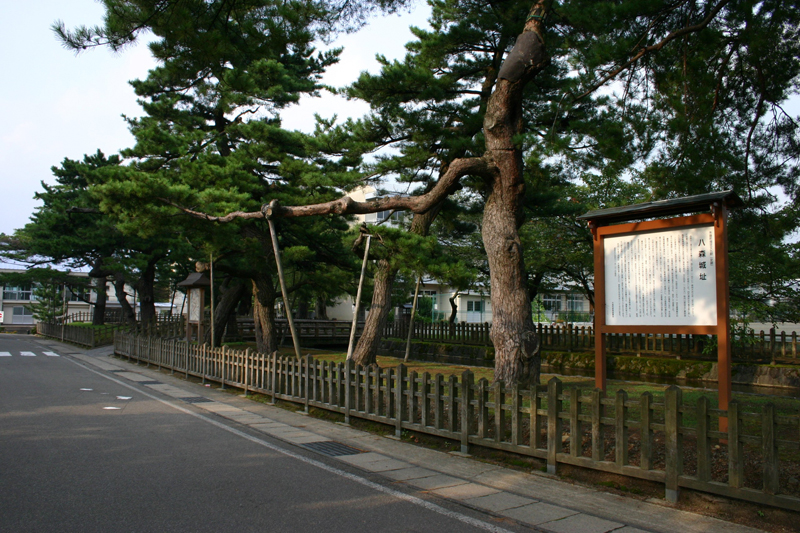
During the Boshin War, the Yajima Domain was the forefront of the new government forces, and repeatedly fought fiercely against the Shonai Domain, which supported the former Shogunate, and for a while it set fire to the Jinya itself and surrendered the castle.
At that time, the castle town was almost completely burned down. After that, the new government forces revived and took over the former Shogunate army, and the Yajima Domain was revived, and the prefectures abolished and established the domains and was soon integrated into Akita Prefecture.
The Yajima Domain's 10,000 koku castle was called Yamori Castle, but at the end of the Edo period it lost stones to 8,000 koku, so clans with less than 10,000 koku could not call their castles a "castle" and came to be called Yamori Jinya.
Yamori Jinya was rebuilt as the Yajima Domain's feudal headquarters after it was burned down during the Boshin War, but unfortunately it is no longer visible.
However, the remains of bullets fired by the Shonai Domain during the Boshin War are left on the pine trees, which will help to fight the fierce battles of the Boshin War. The location of Yamori Castle (Yamori Jinya) is a historical site in Yuri Honjo City, known as the "Yamori Castle Ruins."
Yamori Castle Ruins<Information>
- Facility name: Yamori Castle Ruins (Yamori Jinya Ruins)
- Location: Jonai Hachimori, Yajima-cho, Yurihonjo City, Akita Prefecture
- Phone number: 0184-56-2203 (Yurihonjo City Board of Education Yajima Education and Learning Division)
- Freedom to stroll
- URL: Yamori Castle Ruins
- Public transportation: Approximately 39 minutes on the Yuri Kogen Railway Chokai Sanroku Line from Ugohonjo Station on the JR Uetsu Main Line, then get off at Yajima Station and walk approximately 5 minutes.
- Car: Approximately 10 minutes from Honjo IC on the Nihonkai-Tohoku Expressway
Google Map
Kameda Clan - ``Tensagi Village, a village of historic site preservation and lore'' that collects buildings and historical materials that remain in the territory
" Amasagi Village, a village of historical sites and traditions " is a tourist spot that brings together the history and culture of the Kameda Domain, built at the foot of the hillside where Kameda Castle was located, and brings together the history and culture of 20,000 koku.
The village has houses and thatched roof farms, designated as cultural assets of Yurihonjo City, have been relocated to the village, and demonstrations of traditional crafts can be seen at facilities that display historical materials and tools, such as the Iwaki Historical Folklore Museum , Abe Yonekura Museum , and the Museum of Nora Works .
The castle tower-style Tensagi Castle (a mock castle tower built to imitate a typical castle tower) is an observation deck that overlooks the townscape of Kameda Castle.
Tensagi Village<Information>
- Facility name: Tensagi Village, a village of historic site preservation and tradition
- Address: 92-2 Kamedacho, Iwaki Kameda, Yurihonjo City
- Phone number: 0184-73-2014
- Opening hours
- March-October/9:00-17:00
- November - February / 9:00 - 16:00
- Closed: Mondays, December 28th - January 3rd
- Admission fee: Free
- *Some facilities have a fee.
- URL: Tensagi Village
- access
- Public transportation: Approximately 10 minutes by municipal community bus from Ugo-Kameda Station on the JR Uetsu Main Line, get off at Kameda Branch Office bus stop, or take a taxi from Ugo-Kameda Station.
- *Municipal community buses are closed on Saturdays, Sundays, holidays, and the year-end and New Year holidays.
- Car: Approximately 3 minutes from Nihonkai-Tohoku Expressway Matsugasaki-Kameda IC
Google Map
"Kameda Castle Sato 88 Museum" restored on the ruins of Kameda Castle

The Kameda Castle Sato Yasohachi Museum of Art is a restoration of the residence of Iwaki Yoshitaka (Iwaki Yoshitaka, later adopted Satake Yoshinobu , who was succeeded the Satake family and Yoshitaka Yoshitaka located on the site of the former Kameda Castle.
and displays artworks collected over the three generations of the Sato family, donated to the city by the Sato Yasohachi a famous man from Yurihonjo City
Kameda Castle Sato Yasohachi Museum <Information>
- Facility name: Kameda Castle Sato 88 Museum
- Address: Takagi 4, Iwaki Shimojada, Yurihonjo City, Akita Prefecture
- Phone number: 0184-74-2500
- Opening hours
- March-October/9:00-17:00
- November - February / 9:00 - 16:00
- Admission fee: 210 yen for adults, free for students and preschoolers
- Closed: Mondays (the next day if Monday is a public holiday)
- URL: Kameda Castle Sato Eighty-Eight Museum
- access
- Public transportation: Approximately 10 minutes by municipal community bus from Ugo-Kameda Station on the JR Uetsu Main Line, get off at Kameda Branch Office bus stop, or take a taxi from Ugo-Kameda Station.
- *Municipal community buses are closed on Saturdays, Sundays, holidays, and the year-end and New Year holidays.
- Car: Approximately 4 minutes from Nihonkai-Tohoku Expressway Matsugasaki-Kameda IC
Google Map
Honjo Domain - Honjo Castle Ruins ``Honjo Park'' where many ruins and artifacts from the castle were discovered during excavations
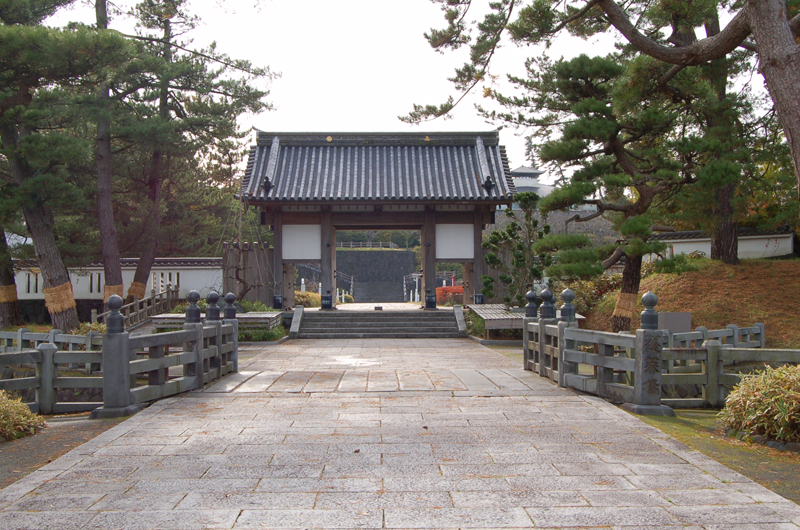
Honjo Castle (Ozaki Castle, Tsurumai Castle), the castle of the Honjo Domain, was set on fire during the Boshin War and burned down.
In the mid-Meiji period, the former site was turned into a park (Honjo Park), but unfortunately there are no castle-related buildings remaining on the former site. Building remains, plates, bowls, etc. were found on the grounds during subsequent excavations of ruins.
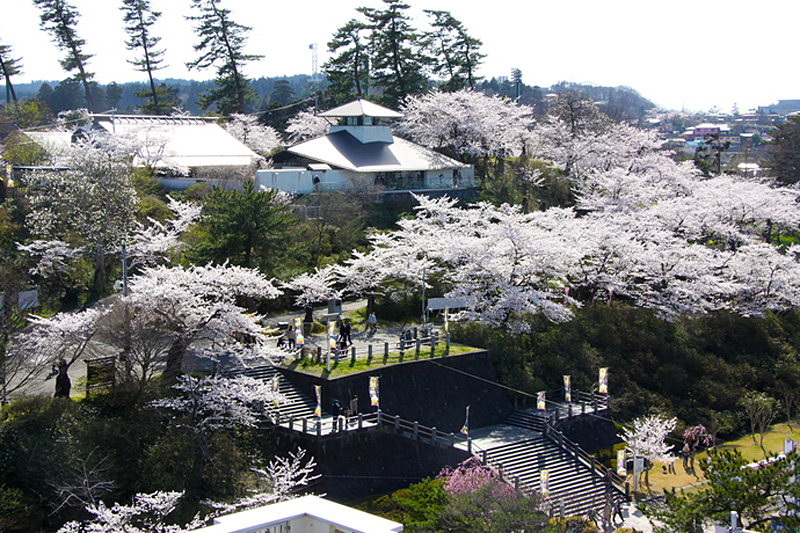
Honjo Park is a popular park filled with greenery and flowers, and is visited by many local residents, especially during the cherry blossom season.
Honjo Park<Information>
- Facility name: Honjo Castle Ruins/Honjo Park
- Location: Ozaki, Yurihonjo City, Akita Prefecture
- Phone number: 0184-24-6376
- Freedom to stroll
- URL: Honjo Park
- access
- Public transportation: Approximately 18 minutes walk from Ugohonjo Station on the Uetsu Main Line
- Car: Approximately 7 minutes from Honjo IC on the Nihonkai-Tohoku Expressway
Google Map
Ishiwaki/Kosetsu, which flourished with Kitamaebune, is a popular walking course where the old townscape remains.
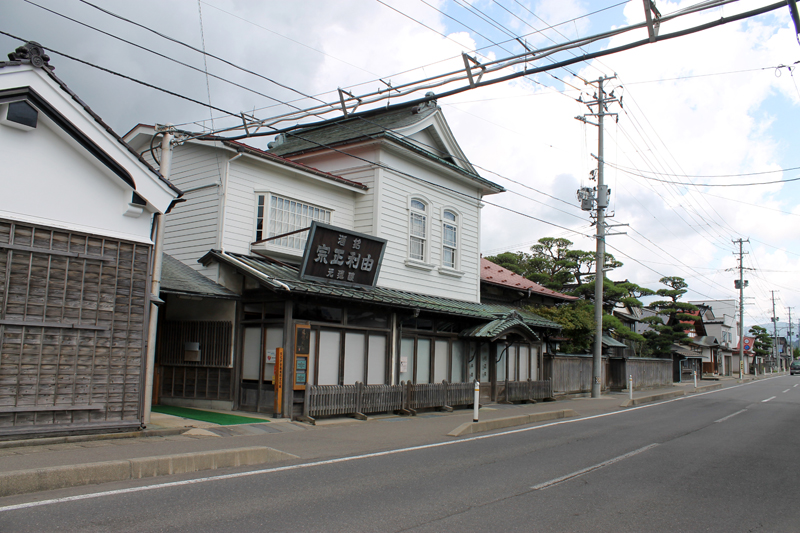
The domains based in Yurihonjo City flourished with the water transport of the Koyoshigawa River ,
Kitamae-boat, which had been doing great business by traveling back and forth across the Sea of Japan, frequently visited the port at the mouth of the Koyoshi River, and the Ishiwaki Minato Furuyuki Minato on the south shore, were very busy.
Ishiwaki Minato was under the jurisdiction of the Kameda Domain and Furuyuki Minato was under the jurisdiction of the Honjo Domain, and it is said that the Yajima Domain, located south of the Honjo Domain, also used Ishiwaki Minato.
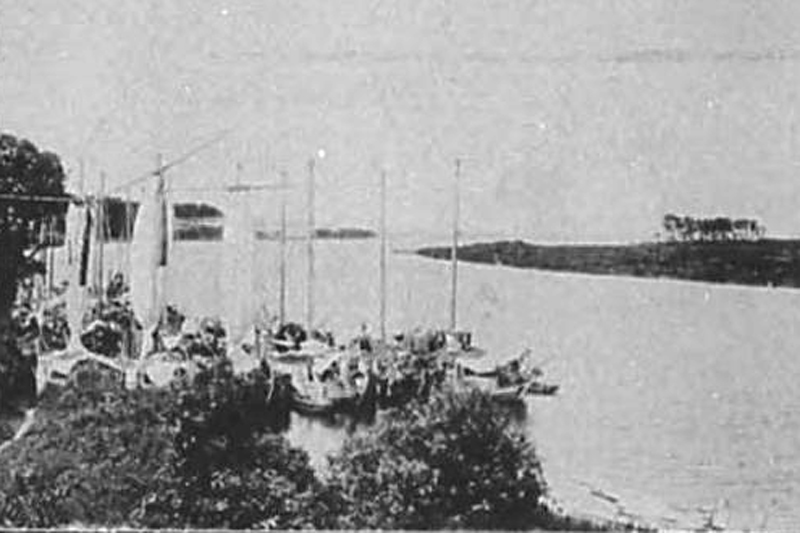
In the Meiji period, Ishiwaki Minato and Furuyuki Minato flourished more and more with Japan's modernization, and trade with Kitamae Ships reached its peak in the mid-Meiji period.
After that, the boat transport rapidly declined due to the improvements in land transportation due to the improvement of highways. In 1922 (Taisho 11), Yurihonjo Station on the Uetsu Main Line was opened, and Ishiwaki Minato and Furuyuki Minato ended their role as distribution hubs.
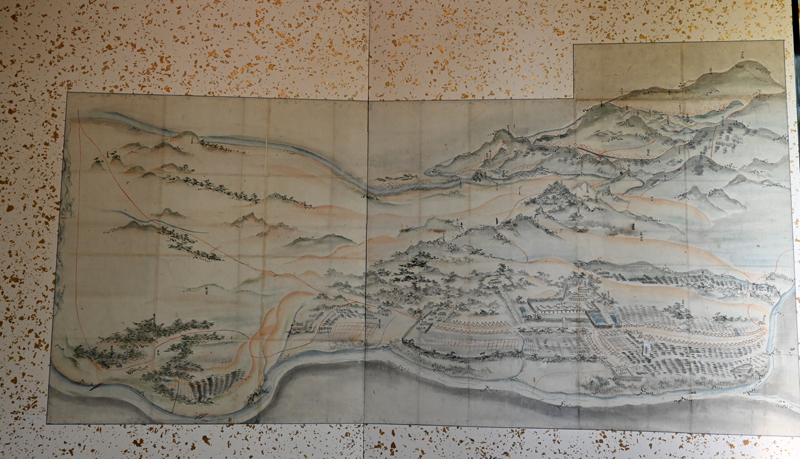
Ishiwaki Minato (Ishiwaki) and Furusetsu Minato (Kosetsu-cho) still have ruins and old buildings from the time when Kitamae-bune flourished, and the calm townscapes are perfect for a stroll.
Ishiwaki Minato/Furuyuki Minato <Information>
- Facility name: Ishiwaki Minato/Kosetsu Minato
- Location: Koyuki, Ishiwaki, Yurihonjo City, Akita Prefecture
- Phone number: 0184-24-6376 (Yurihonjo City Tourism Culture and Sports Department Tourism Promotion Division)
- access:
- Public transportation/25-30 minutes walk from Yurihonjo Station on the JR Uetsu Main Line
- Car: Approximately 12 minutes from Honjo IC on the Nihonkai-Tohoku Expressway
Google Map
The Tsuchida family residence, built in the early Edo period, is designated as a national important cultural property.

There are not many buildings left from the Edo period in Yurihonjo City, which was devastated during the Boshin War, but the Tsuchida Family Residence , is a building that retains the old farmhouse architectural style of the Yuri region. It has become a national important cultural property.
The Tsuchida family residence was located within the Yajima domain, but it was a little far from Yajima Castle (Yamori Castle), so it escaped the ravages of war. Although the construction date of the building has not been determined, it is certain that it was built Seizaemon
The structure of the building is a thatched roof house with a conqueror style thatched roof, which is often found in the Tohoku region, and the entrance is located in the conqueror section facing south, called Chumon-zukuri . Many farmers use the climax parts as horse (livestock) huts, but the Tsuchida family is a living room, and there are remnants of medieval samurai residences, including floor plans, and it is said that they were among the finest farmers, and were the small lords of the district.
The Tsuchida Family Housing is considered to be the oldest farm building left in Akita Prefecture, and is a very valuable building. You can visit.
Tsuchida Family Residence<Information>
- Facility name: Tsuchida family residence
- Location: 9, Aibadate, Motomachi, Yajima-cho, Yurihonjo City, Akita Prefecture
- Phone number: 0184-56-2364
- Opening hours: 9:00-16:00
- Admission fee: 200 yen for high school students and above (500 yen with matcha and sweets)
- Closed days: Irregular holidays
- *Please check in advance when visiting.
- URL: Tsuchida Family Residence
- access
- Public transportation: Approximately 39 minutes on the Yuri Kogen Railway Chokai Sanroku Line from Ugohonjo Station on the JR Uetsu Main Line, then approximately 20 minutes on foot from Yajima Station or approximately 5 minutes by taxi.
- Car: Approximately 10 minutes from Honjo IC on the Nihonkai-Tohoku Expressway
- Public transportation: Approximately 39 minutes on the Yuri Kogen Railway Chokai Sanroku Line from Ugohonjo Station on the JR Uetsu Main Line, then approximately 20 minutes on foot from Yajima Station or approximately 5 minutes by taxi.
Google Map
Chokaizan Wooden Toy Museum is located in the wooden school building of the former Ayukawa Elementary School.
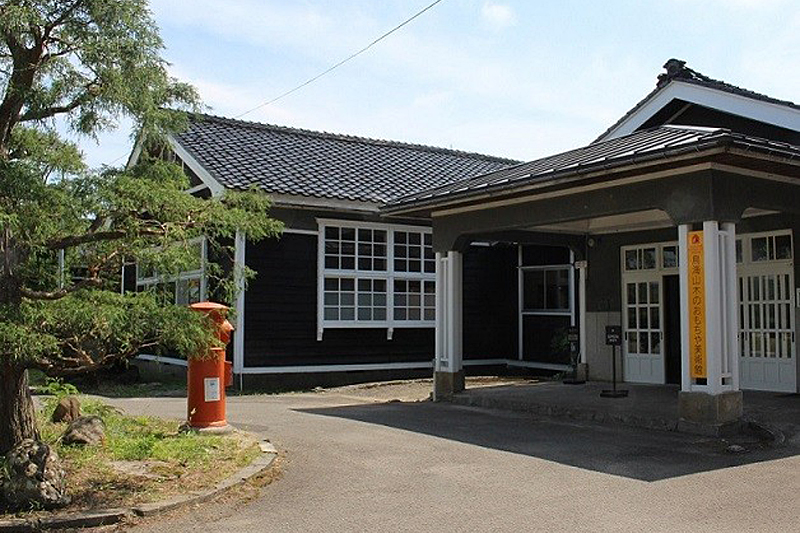
The old elementary school building built in the middle of the Showa era has been revived with a new mission. The three wooden school buildings and indoor athletic field (gymnasium) remain as they were when they were built, and children's voices have returned to the classrooms.
The former Ayukawa Elementary School was established as Ayukawa Junior High School in 1954 (Showa 29)
Ayukawa Elementary School moved there and became an elementary school, and the school building, which remained the same as when Ayukawa Junior High School was founded, had been in use for about 50 years, but Ayukawa Elementary School was also merged into Yuri Elementary School in 2004 (Heisei 16), and it ended up closing.
The former Ayukawa Elementary School, where the master disappeared, took over the architectural style of the Taisho period from the end of the Meiji period, and has since been preserved since then as a precious treasure for locals.
In 2012 (Heisei 24), the indoor playground, north school building, central school building, and south school building were registered as nationally registered tangible cultural properties, and became national cultural properties, giving them a new opportunity to play an active role.
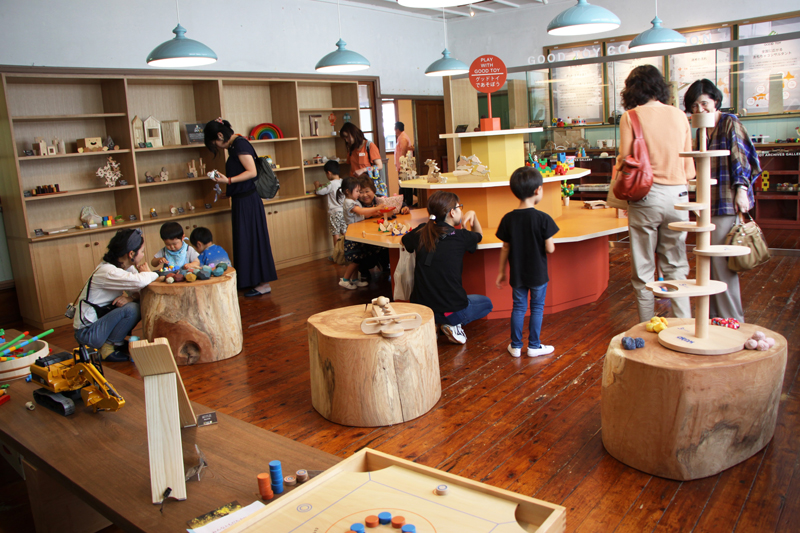
" Chokaisan Wooden Toy Museum " opened in 2019 (Reiwa 1) using three school buildings and an indoor playground (gymnasium).
The entire school building and the gymnasium are equipped with toys and large play equipment made from locally produced wood, making it a space where children can play safely (paid facilities). The other two buildings are exhibition rooms that bring together Kitchen Cafe Kino (Free facility).
Mt. Chokai Wooden Toy Museum <Information>
- Facility name: Chokaisan Wooden Toy Museum
- Address: 65-1 Narusedai, Yurihonjo City, Akita Prefecture
- Phone number: 0184-74-9070
- Opening hours: 9:00-16:00 (*Last entry is 15:30)
- *Winter period (December to February) 10:00 to 16:00
- closing day
- March to November/Thursday (if Thursday is a holiday, the day before)
- December to February/Wednesday, Thursday, New Year holidays (12/31 to 1/2)
- Admission fee (paid facility): 800 yen for adults, 600 yen for children (elementary school age and younger)
- URL: Mt. Chokai Wooden Toy Museum
- access
- Public transportation: Approximately 12 minutes on the Yuri Kogen Railway Chokai Sanroku Line from Ugohonjo Station on the JR Uetsu Main Line, and approximately 5 minutes on the dedicated shuttle bus from Ayukawa Station.
- Car: Approximately 10 minutes from Honjo IC on the Nihonkai-Tohoku Expressway



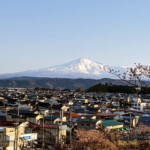

![Yurihonjo City, where Honjo, Kameda and Yajima domains were intersected between the Kubota and Shonai domains [Akita Prefecture] FF2C8AAA4350E7E179F97F97B38B3A2302F-1](https://jp.neft.asia/wp-content/uploads/2024/04/ff2c8aaa4350e7e179f97f38b3a2302f-1-150x150.jpg)
![[Chokaisan and Tobishima Geopark: Yurihonjo Edition] A strata from when Japan was the Eurasian continent can be seen B5C46A18BC0CC0CC0E9AD08084EAA5B](https://jp.neft.asia/wp-content/uploads/2024/04/b5c46a18bc0cc79de0e9ad08084eaa5b-150x150.jpg)
![[Akita Prefecture during the Boshin War] What were the decisions of the Kubota, Kameda, Honjo, and Yajima domains? 24115050_m](https://jp.neft.asia/wp-content/uploads/2022/06/24115050_m-150x150.jpg)
!["Mogami safflower" certified as a Japanese heritage and Japanese agricultural heritage [Yamagata Prefecture] Mogami safflower](https://jp.neft.asia/wp-content/uploads/2022/12/30121446_m-1-150x150.jpg)
![[Yamagata Prefecture] Tsuruoka's silk fabric industry created by changing swords to hoes. 5182039_m](https://jp.neft.asia/wp-content/uploads/2023/02/5182039_m-150x150.jpg)
![The gorgeous "Noheji Gion Festival" and Kitamae Ship port call "Noheji" [Aomori Prefecture] 4031_Noheji Gion Festival](https://jp.neft.asia/wp-content/uploads/2023/03/27d8816076df6701eb2d6ec6c91e5169-150x150.jpg)
![A historical heritage that remains at Tsuruoka, the port of call for Kitamae Ship [Yamagata Prefecture] Daihokan](https://jp.neft.asia/wp-content/uploads/2023/04/4561241_l-150x150.jpg)
![[Aomori Prefecture during the Boshin War] What were the decisions of the Hirosaki, Kuroishi, Hachinohe, and Shichinohe domains? 23980173_m](https://jp.neft.asia/wp-content/uploads/2022/06/23980173_m-150x150.jpg)

